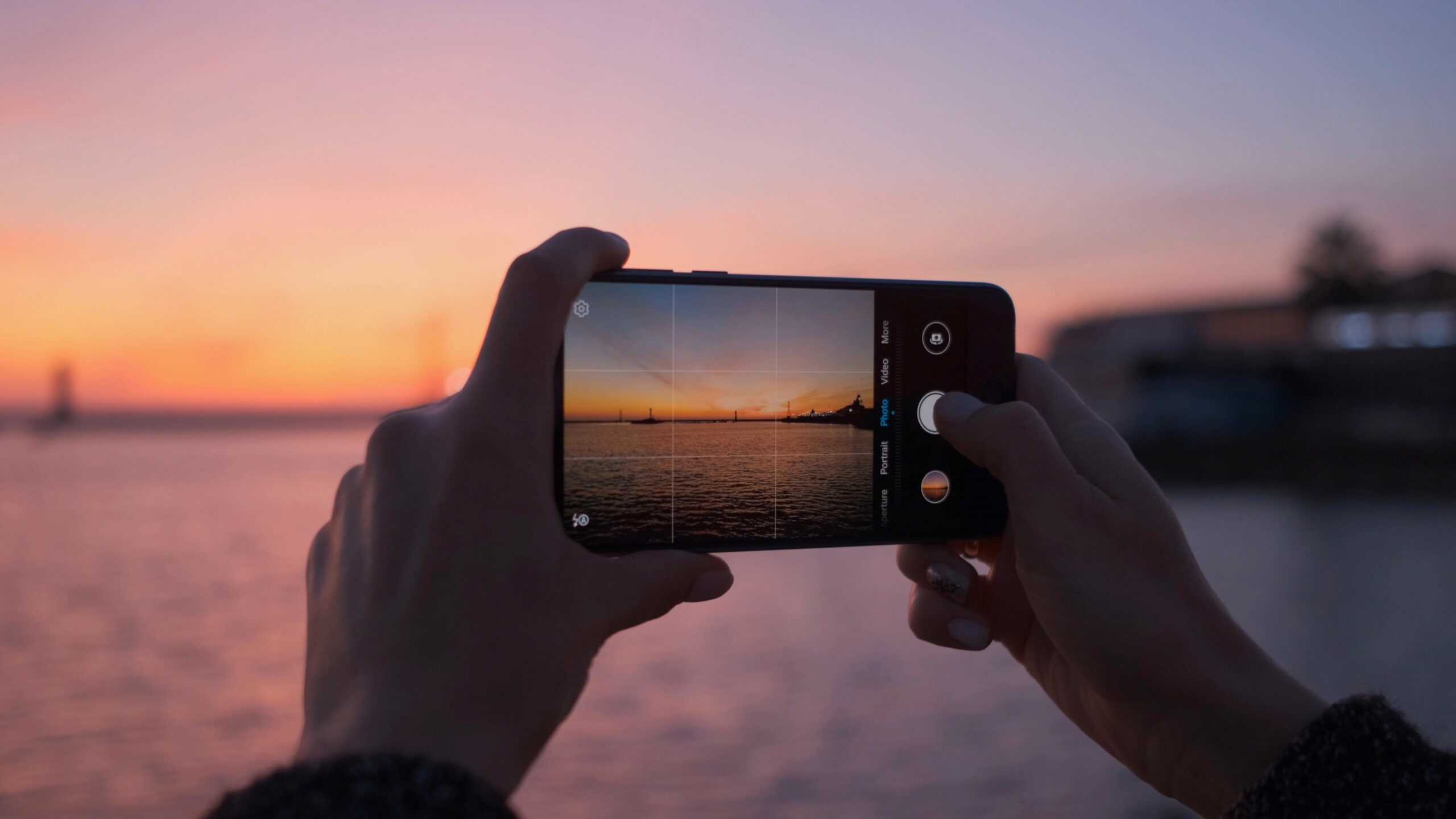One of the most used functions of any smartphone on the market today is the camera. Whether taking still photos or recording video of children, pets, or other activities, the ability to simply pull a smartphone out of one’s pocket and instantly snap a photo (and post it to social media) has transformed the field of photography and society itself. Understanding this, leading manufacturers like Apple, Samsung, Google, and others have prioritized camera quality in their smartphones, often leading with their smartphones’ camera prowess in their respective marketing campaigns.
For Japanese consumer electronics giant Sony, while the firm’s smartphone market share can’t match that of Apple or Samsung, the company’s product strategy in recent years has been to emphasize premium products. Sony executives recently noted that the sensor size in “high-end model” phones should double by 2024, and Sony now expects flagship smartphone cameras to effectively kill off standalone DSLR cameras within three years. Additionally, it’s worth noting that Sony stands to benefit from Apple or others doing well in the market, as the company outsources some components – a recent teardown of the iPhone 13 Pro Max revealed that it incorporates three Sony IMX 7-series sensors.
AI may play a role in the decline of digital cameras as well, as Sony and others have continually improved the AI that handles image processing, which in turn guides the quality of the photo a user sees on the screen. The end result is that a user can enjoy the simplicity of point-and-shoot photo taking with results that are often superior to a digital camera (which may also require more knowledge and tinkering with settings to get optimal quality).
Sales of digital cameras have been declining for years. Interpret no longer tracks digital camera ownership, but when we last did, according to New Media Measure®, from mid-2017 to late-2018, the percent of the US population that owned or intended to purchase a digital camera fell by 11 percentage points to 44%, and it’s likely that figure is far smaller today. The first iPhone launched in 2007, and it’s no coincidence that just a few years later, a precipitous drop in digital camera sales began, according to the Camera & Imaging Products Association (CIPA). From 2010 through 2018, digital camera shipments plummeted 84% among CIPA members (which includes stalwarts like Canon, Nikon, Sony, Kodak, and more).
Sony’s prognostications about the digital camera may prove to be true for most consumers, but it’s likely that diehard photography enthusiasts will always want a dedicated camera in their arsenal.




